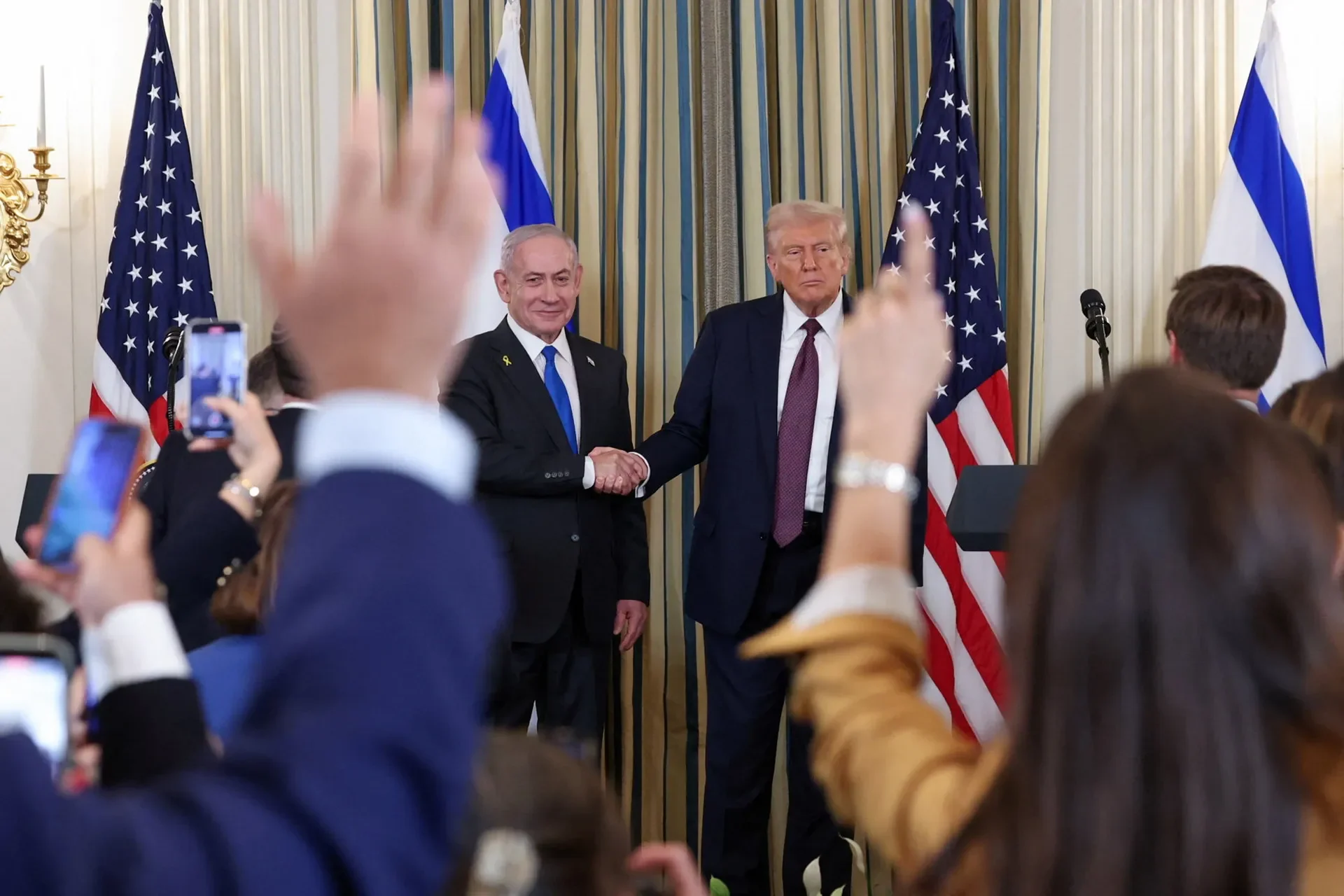The global landscape of nuclear security has become increasingly dangerous, reminding policymakers and the public that the threat of nuclear disaster, once thought to be only a Cold War risk, continues to shape international relations. While international norms established by foundational agreements like the Non-Proliferation Treaty (NPT) of 1968 and the Comprehensive Test Ban Treaty (CTBT) have curbed the spread of nuclear weapons, recent geopolitical trends and startling rhetorical shifts suggest these norms are eroding. The evidence is clear: growing tensions between nuclear-armed states are encouraging proliferation and increasing the likelihood of nuclear conflict.
A sudden declaration by President Donald Trump ordering the resumption of American nuclear weapons testing served as a potent, albeit poorly conceived, reminder of the enduring nuclear threat. Trump’s announcement, made shortly before a crucial meeting with Chinese President Xi Jinping, instructed the Defense Department to "immediately" recommence the testing of U.S. nuclear weapons "on an equal basis" with other nations. This directive shocked the American national security establishment and immediately prompted sharp responses from Beijing and Moscow…
The ceasefire agreement reached between Hamas and Israel has been greeted with cautious relief across the world. After two years of relentless fighting, both sides have accepted what President Donald Trump described in his Knesset address as “a moment of joy and soaring hope.”
The human cost that preceded this moment is staggering: roughly 1,200 people were killed in the Hamas attacks of October 7, 2023, and 250 others were taken hostage. Since then, Israeli operations have killed more than 67,000 Palestinians—possibly 18,000 of them children—and reduced much of Gaza to rubble. It is believed that over 1,000 members of the Israeli Defense Forces and additional Israeli civilians have also been killed…
German Foreign Minister Annalena Baerbock opened this year’s United Nations General Assembly (UNGA) in New York with a sobering warning: this is “no ordinary session.” The phrase was more than rhetorical. It captured a deeper truth that both world leaders and those they represent are now confronting—that the multilateral system, long taken for granted as a stabilizing force, is under unprecedented strain.
For years, the annual assembly has been seen as diplomatic theater. But in 2025, with wars raging, the climate crisis deepening, and great-power rivalry reshaping the global economy, UNGA has become a test of whether international governance can adapt—or whether power will fragment into competing blocs. With the rules of the so-called “rulesbased order” now no longer honored in the observance or in the breach, the stakes are no longer abstract. The outcomes and failures of this year’s assembly will shape trade policy, energy markets, sanctions compliance, ongoing and future conflicts and the durability of the institutions that underpin global governance and economics…
























